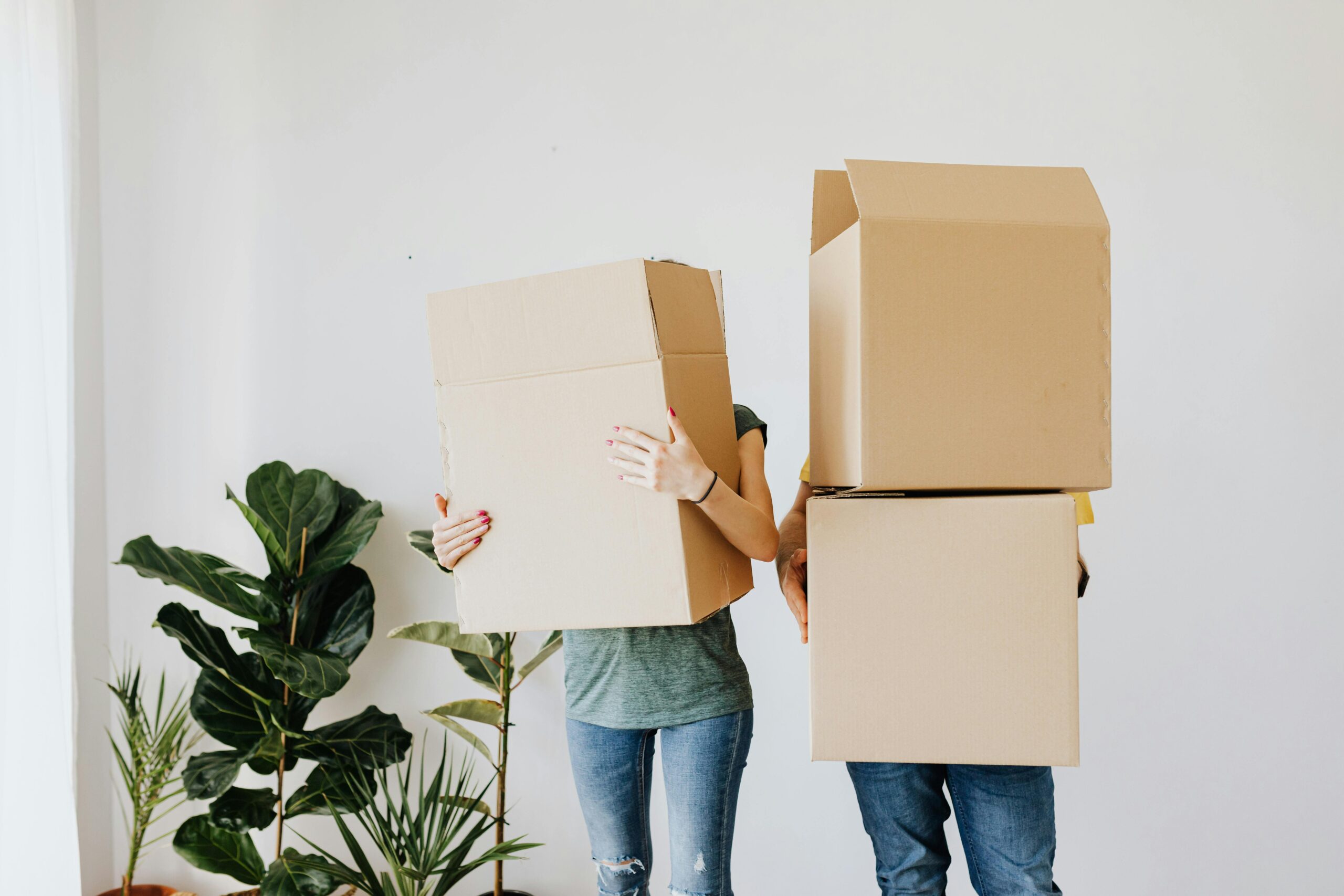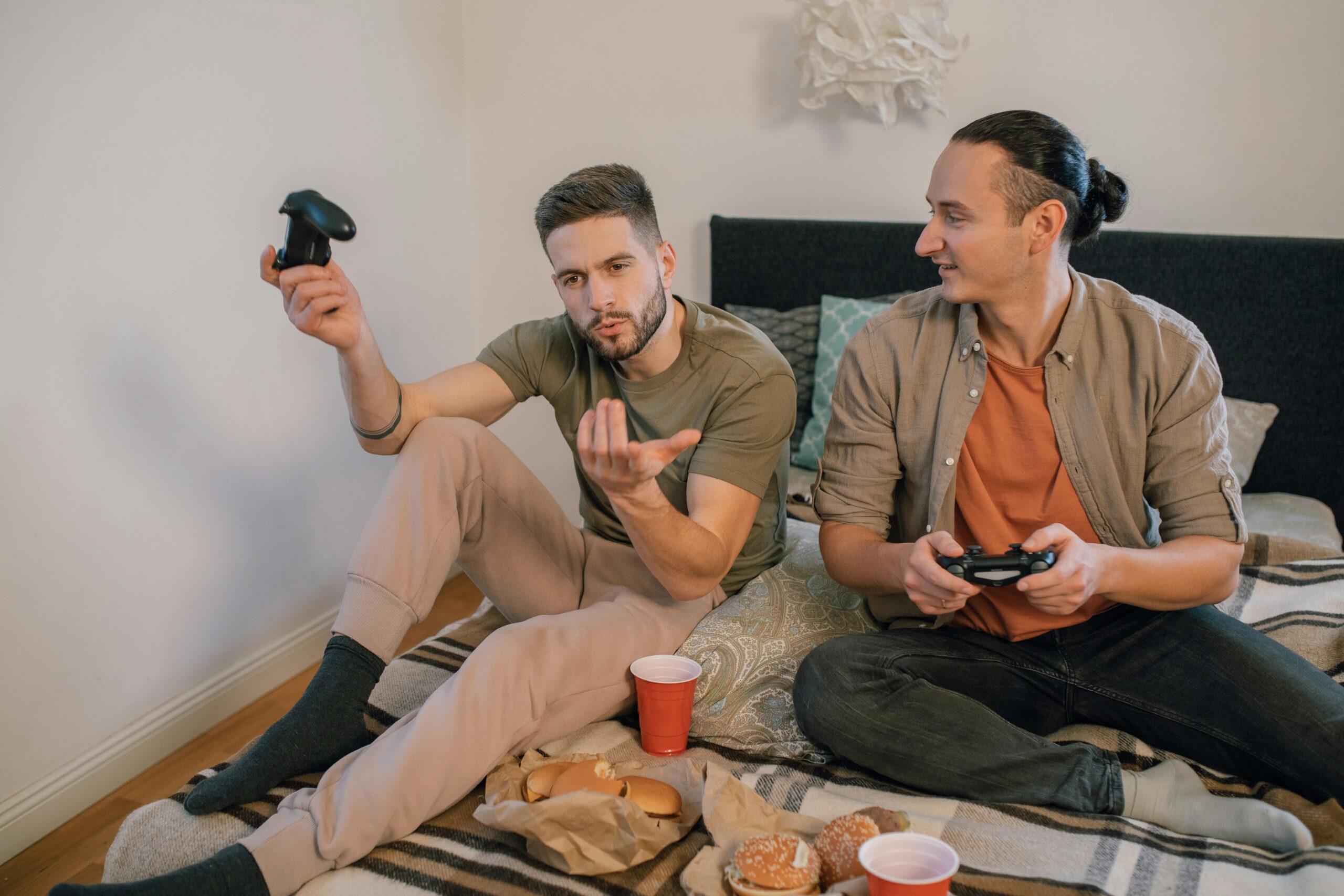
Consumerism, But Make It Aesthetic
Somewhere along the way, self-expression has become a shopping list.
What used to be just style — or personality, or even boredom — has turned into an aesthetic economy. The clean girl. The coquette girl. The “in my healing era” girl. For every identity, there’s a colour palette. For every mood, a curated cart. Suddenly, buying things isn’t just a part of daily life — it’s how people build a sense of self.
And the internet is making it easy. Too easy.
Between TikTok storefronts, Amazon hauls and “hot girl starter packs,” it’s normal now to scroll from one video to the next, barely realizing that every swipe comes with a subtle suggestion: You could be better … if you bought this.
A $9 lip gloss, a Stanley cup, a five-step skincare routine. A silk pillowcase that promises glowy skin. A pair of headphones for your “sad walk” playlist. None of these things is bad on its own. In fact, some are genuinely helpful or fun. But when everything starts to feel like an upgrade to the current version of yourself, it’s worth asking — what are we really buying?
Talk to almost anyone in their teens or twenties and the pattern is there. Brielle, a 19-year-old student in Toronto, described it like this: “I buy stuff when I’m sad or stressed. It feels like doing something, even if it’s just adding a little claw clip to my cart. When it arrives, I get this rush for like five minutes. But then I kind of forget about it.”
That tiny dopamine hit — the package, the unboxing, the feeling of “newness” — has become a kind of coping mechanism. Not necessarily toxic, but definitely temporary. And ‘temporary’ starts to feel expensive when it piles up.
“I was in this phase where I kept buying things that felt like ‘future me’ things. Like candles and journals and nice loungewear,” says Kenzi, a 25-year-old university student in Toronto. “In my head, I thought once I had all this, I’d be this better, more put-together version of myself. But eventually I realized I just had a bunch of stuff I wasn’t using, and I still felt like the same person.”
There’s also the issue of how quickly everything moves. Aesthetic trends cycle faster than ever. What’s “in” this month might be gone by next week. So, even when people find comfort or confidence in a certain style or product, the algorithm keeps pushing more. There’s always a new water bottle, a newer version of “that girl” and a fresh cart waiting to be filled. The goalposts for self-love and self-improvement are constantly shifting — usually toward your wallet.
Nora, a 30-year-old mom in Toronto, shared her experience with that fatigue. “I started noticing how much pressure I felt to have the ‘right’ version of everything. Like, not just a candle, but the candle. Not just skincare, but the brand that’s trending. Even self-care became this thing I felt like I had to perform online, or I wasn’t doing it right,” she says.
It’s not just shopping — it’s identity building. Or at least the illusion of it. Because in a digital world where everything is content and everyone is marketing something (even themselves), it’s easy to believe that a new pair of headphones can signal a whole new lifestyle.
There’s a kind of softness to the way it’s all packaged, too. The language is comforting, casual. You deserve this. Just a little dopamine treat. Romanticize your life. It doesn’t feel like advertising. It feels like care. And in some cases, it can be. But when that idea of self-love always includes spending money, it blurs the line between empowerment and subtle manipulation.
Still, it’s complicated. Aesthetic objects can bring comfort. A good outfit can genuinely shift your mood. Decorating your space in a way that feels like you can be healing. This isn’t a story about guilt-tripping people out of shopping or pretending not to care about material things. It’s more about noticing when consumption becomes an emotional habit instead of a conscious choice.
Sometimes buying something new is a form of joy. Sometimes it’s just an escape. And sometimes it’s a little bit of both.
Take the trend on TikTok, #deinfluencing, meant to de-influence viewers on purchases that are made without necessity. Many content creators are showcasing their lives and that it’s okay not to fall into certain traps if you already have the first version.
But here’s what’s worth remembering: the version of you that hasn’t bought anything new this week? The one wearing old sweats and drinking tap water instead of coconut matcha? She still counts. She still deserves gentleness, love and good things — even without the unboxing video.
There’s no need to reject everything or live like a minimalist. Loving stuff isn’t a crime. But before checking out, it’s okay to pause and ask: Do I really want this, or do I just want to feel a little more like someone else?
About the author
Josephine Naghavie






